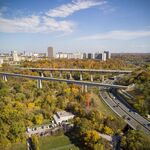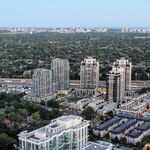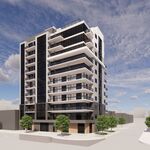GraphicMatt
Looking forward to a FRESH START for Toronto
This is emblematic of the lopsided thinking. Technically, yes, 99% of people probably can get places without using their car. Just because they can use public transit doesn't make it a good idea though. Its no secret that taking public transit from outside of downtown to most places outside of downtown is a harrowing affair compared to driving.
Sure, and that's my experience as well. I could theoretically use transit to get to my office in Burlington, but I drive because GO is fairly inconvenient when going outbound. I try to limit how often I use the car within the City itself, but I drive when transit doesn't offer an easy trip.
My point is simply this: No one is simply a 'motorist', full stop. People use various modes of transit to get where they're going, based on factors like convenience, cost and reliability. Again, there is no oppressed class of people in this city who are completely incapable of going ANYWHERE without their car.
kEiThZ said:It's simply ripping up existing infrastructure (Gardiner East) or changing rules (no right on red) simply to make it harder to drive downtown.
Not at all. Where do you get this? It's completely valid to believe these moves will make it detrimentally hard to drive downtown (and thus shouldn't be done) but they both clearly have real reasons for being.
Gardiner East: Waterfront planners believe the highway as it exists poses a barrier to development.
Right-turn-on-reds: This is a safety issue and it will only be happening at a few (9? I think?) intersections where there's lots of pedestrian traffic.
You can disagree with the moves, but don't misrepresent why they're on the table.




